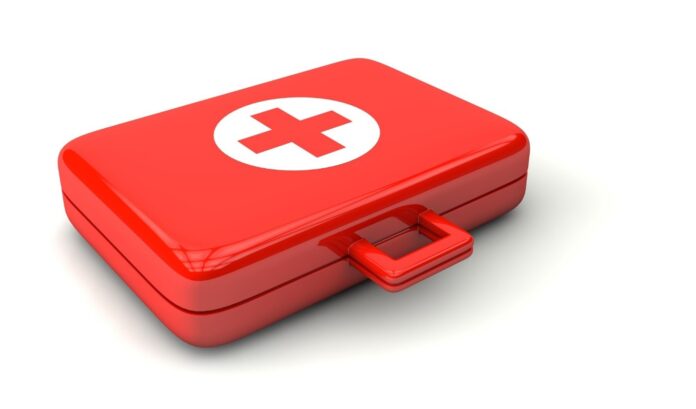Accidents happen, and when they do it’s vital for you to be prepared.
Have you ever gotten a cut at home? Do you have adventurous kids who might one day get a small injury at home? Would you like to know how to give first aid for cuts in these situations?
Read on to learn how you can take care of cuts when they happen and prevent them from becoming a bigger issue in the future.
Keep Your Kit Well Supplied
The first step is one that you need to take well before any accidents happen. Purchasing a first aid kit and having it in an easy-to-reach place is essential.
Check out the FASO kits available here that are the perfect refill option to ensure that you have everything you need on hand.
Wash Your Hands
The most important thing when it comes to first aid for cuts is washing your hands before you do anything else.
Having clean hands ensures that you don’t get any additional dirt or bacteria into the impacted area, which can lead to infections.
Stop the Bleeding
Once your hands are clean, it’s time to stop the bleeding.
Minor cuts and scrapes should stop bleeding on their own, but if it’s a deeper cut, applying pressure might be necessary.
To do this, cover the wound with a clean bandage or cloth and press down until the bleeding has stopped. If this doesn’t work, you may need stitches.
Clean Out the Wounded Area
Once you get the bleeding to stop, rinse the impacted area with water and wash the area around the wound with some soap. Use tweezers to pick out any large debris if necessary.
Many people think to apply hydrogen peroxide at this time, but it should be avoided if possible because it can irritate the wound further.
Apply an Antibiotic Ointment
At this point, having a well-stocked first aid kit is especially important.
Applying an antibiotic ointment or petroleum jelly will help keep the surface of the cut moist, which in turn helps prevent scar tissue from forming.
Cover the Affected Area
Finally, it’s vital to cover the affected area in order to protect it from dirt and debris, and to keep the area comfortable.
Be sure to apply a bandage or gauze that fits the wound properly. It’s important to have some room on the edges if using a bandaid so that the adhesive part isn’t touching the wound.
This way, when you remove the covering, it’s painless.
If the cut or scrape is minor, use discretion to determine if a bandage is necessary. If it is, just remember to change the bandage regularly to keep it clean.
Simple First Aid for Cuts and Scrapes
When minor cuts and scrapes occur, knowing how to properly care for them can make a huge difference.
This handy guide walked you through the steps that need to be taken from having a well-stocked first aid kit on hand before accidents occur, to knowing how to properly clean and bandage the wound.
If you follow the steps found here for first aid for cuts or scrapes, your minor injuries should heal quickly and effectively!
If you want to read more helpful content like this, be sure to check out the rest of our site to see what else we have to offer.








